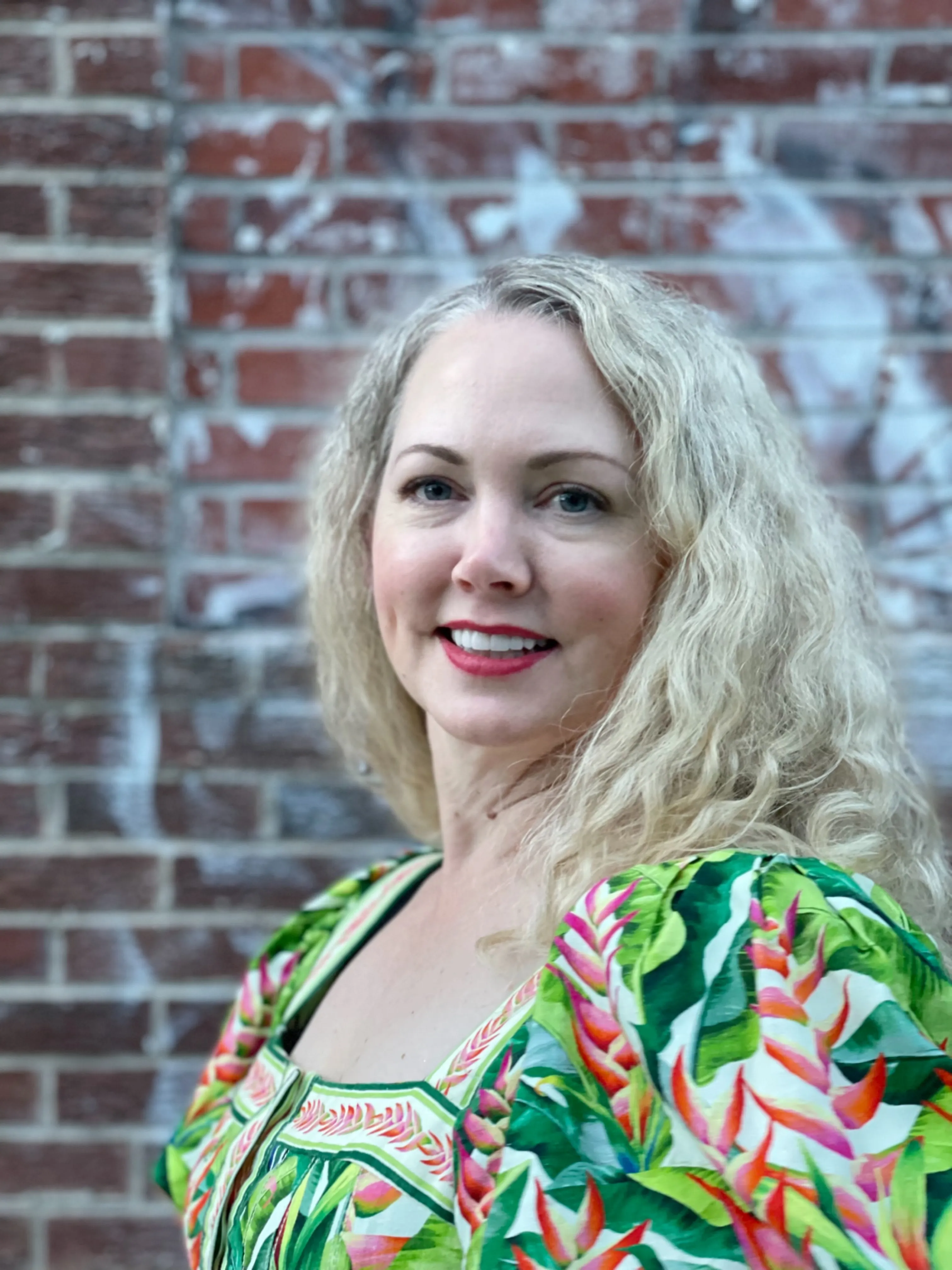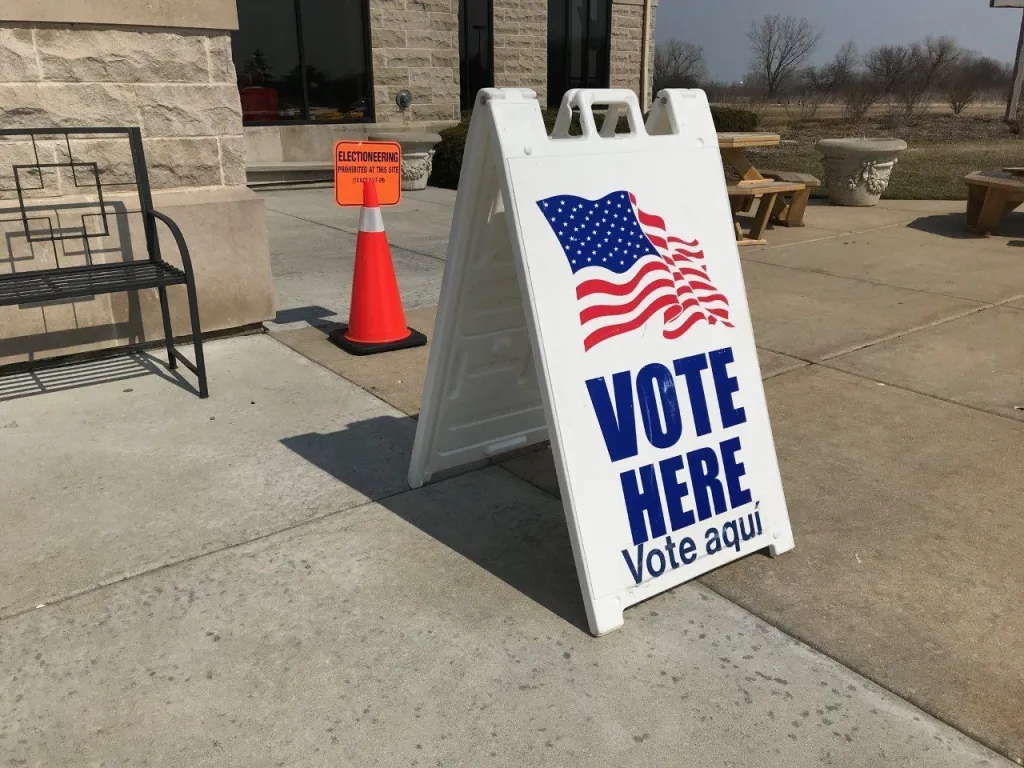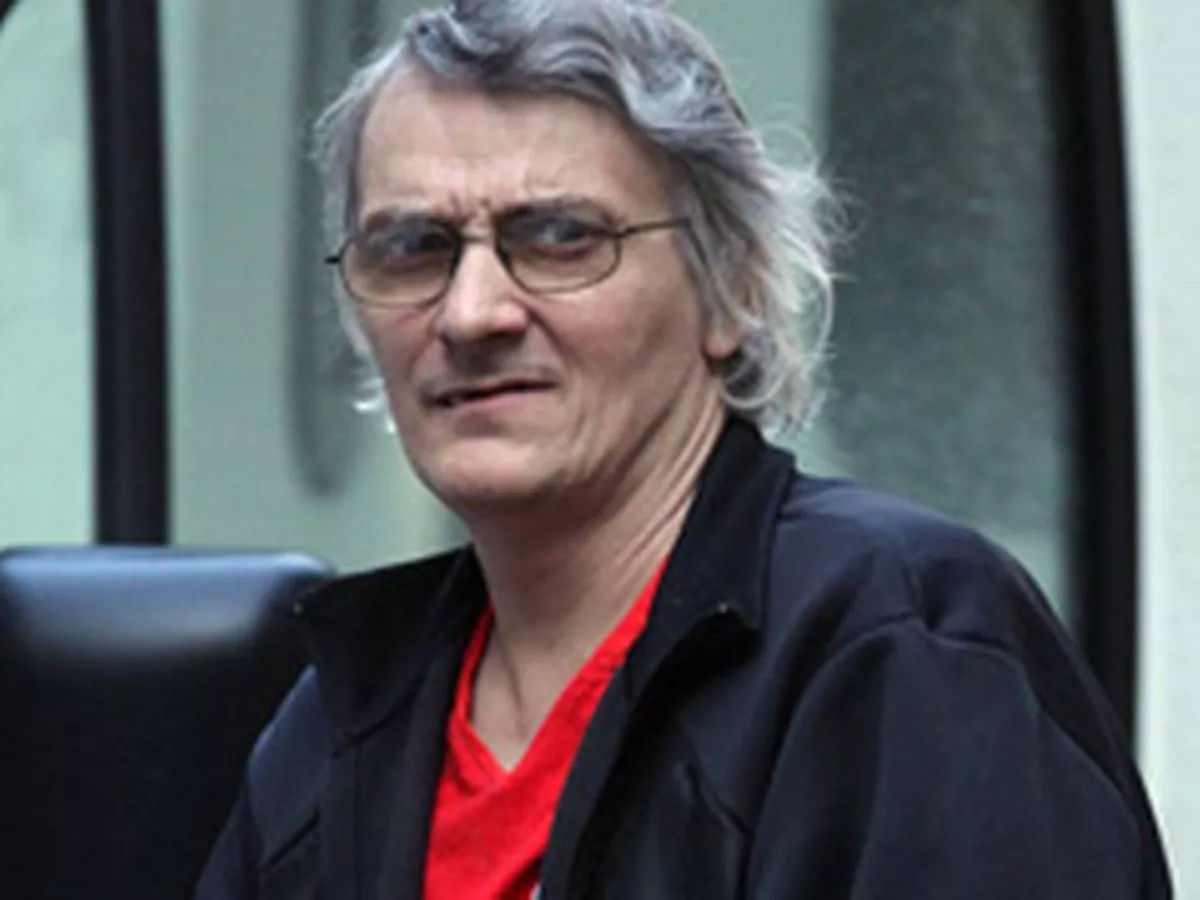
Two decades ago, Tracy Weil and Jill Hadley Hooper, artists who’d found a home in the old warehouses off Brighton Boulevard, were talking about what they could do to brand the neighborhood as an arts district, the way Santa Fe Drive was doing some “cool stuff,” Weil remembered back in 2015. Developer Micky Zeppelin, who’d moved from projects in LoDo up the South Platte to create Taxi, was calling the area River North, and “I coined the phrase,” Weil remembers. “I said it would be really cool if we start calling it ‘RiNo.’”
They drew a boundary around all of the art locations they knew in the area, on both sides of the tracks, and Hadley Hooper came up with a catchy rhino logo. They trademarked the name in 2005, and the RiNo Art District, an official nonprofit, “just took off from there,” according to Weil.
And how.
By the time the RiNo Art District marked its tenth anniversary, the area had really taken off…and much of what had made the neighborhood so casually creative was disappearing. The warehouses that were once home to artists’ studios and musicians’ rehearsal spaces were now marijuana growhouse operations that could afford astronomical rents; complex after complex of pricey apartments were springing up in the empty lots, marketing to young transplants who wanted to live in the hip new area of Denver.
And so Weil, Hadley Hooper and other pioneers in the area came up with a plan to keep RiNo wild. They decided to create a Business Improvement District for RiNo, a financing tool that would help local stakeholders collectively plan, fund and implement services and improvements for their neighborhood, similar to districts downtown and in other parts of Denver. In fact, the proposed RiNo BID area, which was almost identical to the original RiNo arts district that the two had sketched out a decade earlier, was “as big as downtown Denver,” noted Weil, stretching up to I-70, down to Park Avenue, over to the Platte and back to Broadway and the alley between Larimer and Lawrence.
In November 2015, a vote of the local property owners and residents approved the BID, giving them the power to tax themselves and control the neighborhood’s destiny.
Sort of.
Over the next ten years, there were divisions between business owners, their employees and RiNo residents over how to keep the character or the place rather than watch the area turn into some cookie-cutter, soulless development, with plenty of arty murals on the buildings but no artists able to afford spots inside them.
After a cantankerous campaign, a renewal of the RiNo BID was approved last November, with a twist to deal with some of the growing pains: While the RiNo Art District and the RiNo BID had shared executive directors, those organizations are now spitting. The BID and its sibling General Improvement District are transitioning to a grantor/grantee model and will manage their own operations, funding specific programs through the RiNo Art District (which has its own nonprofit, Keep RiNo Wild). And both will have their own executive directors.
“This is a pivotal moment for RiNo, as our organizations evolve into a new structure that allows us to work together more effectively while staying true to our individual missions,” says Weil, today the chair of the RAD board even though he sold the spot he’d turned into an arty oasis years ago in favor of a studio/tomato plantation outside of Pine.
Key to that new structure is Fodness-McGowan, just named executive director of the RiNo Art District. A national search found the ideal candidate in Denver’s backyard: Daisy Fodness-McGowan is not just an artist herself, but has an impressive resume listing more than 25 years of leadership in arts and education across the region, most recently as executive director of Think 360 Arts for Learning.
“Throughout my career, I’ve been committed to making the arts accessible, sustainable and impactful,” says Fodness-McGowan, whose commitment includes offering an artist residency in a treehouse in the yard of the northwest Denver home she shares with her husband, artist Donald Fodness. While she won’t officially start until October, she was at RAD’s office off Larimer Street last week, getting ready to move in and move the art district into its third decade.
Her past in the district stretches back to before the days it was officially known as RiNo, when she showed at Edge Gallery in 2001, and the area was full of artists and arty events, from co-operative galleries to DIY spaces. As Fodness-McGowan notes, RAD was one of the only creative districts actually built by artists and “really a national model”; a graduate of Colorado College (with a bachelor’s in studio art), she followed that model when she worked to start a creative district in Colorado Springs, one of the many relevant items on her long resume. (She also has a master’s degree in public administration from the University of Colorado.)
Growing up in an artistic family, “you have to blaze a path yourself,” Fodness-McGowen says. Now that path has led her back to RiNo, just in time to mark the art district’s twentieth anniversary. Plans are in the works for a major event on November 8, during Denver Arts Week, that will honor the past, present and future of RiNo.
But first Fodness-McGowan needs to settle into her office, meet with the new executive director of the RiNo BID (set to be announced soon, too; both will work with Gerald Horner and Adam Larkey, outgoing co-exec directors of RAD and the BID)…and then put her own stamp on this place.
“As executive director, my commitment is to make the case every day that RiNo is Denver’s most accessible arts entity, ensuring equitable access to the arts for all,” she says. “Through RiNo Art District and Keep RiNo Wild, we bring art directly to the people and support the creative businesses, cultural partners and neighborhoods that make this district thrive.”



